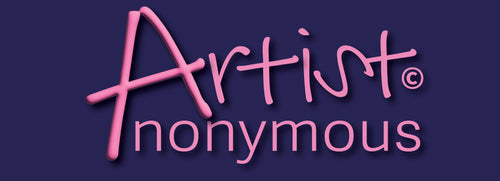A Memory Journey for Kids
How Can Memory Drawing Help Kids?
Memory Drawing involves recalling and visualizing a scene, object, or person from memory and then translating that mental image onto paper or another artistic medium. It encourages creativity and imagination while also testing one's ability to accurately recall and represent visual information.
Memory drawing can be effectively utilized for kids in various ways to foster their artistic skills, creativity, and cognitive development; it can be a very beneficial and enjoyable activity.
Here are 8 ways memory drawing can benefit kids:
- Enhancing observation skills: Memory drawing encourages kids to observe their surroundings more attentively. By asking them to recall and draw objects, scenes, or people from memory, it trains their ability to notice details and develop a keener observation of the world around them.
- Stimulating imagination and creativity: Memory drawing prompts children to rely on their imagination and visualization skills. It allows them to explore their own interpretations of subjects and encourages creative thinking as they translate their mental images onto paper.
- Developing visual memory: Memory drawing helps children strengthen their visual memory. By practicing recalling and drawing objects or scenes without direct visual references, they improve their ability to retain and reproduce visual information accurately.
- Building confidence and self-expression: Memory drawing provides a safe space for kids to express themselves artistically. It allows them to trust their own perceptions and develop confidence in their artistic abilities. By encouraging their unique interpretations and ideas, memory drawing fosters self-expression and individuality.
- Fostering problem-solving skills: Drawing from memory can present challenges, such as recalling complex details or figuring out proportions. Kids learn to problem-solve by breaking down subjects into simpler shapes, analyzing relationships, and finding creative solutions to represent what they remember.
- Encouraging storytelling: Memory drawing can inspire storytelling and narrative development. Kids can draw scenes from their own experiences, stories they've heard, or imagined worlds. It becomes a way for them to visually communicate their ideas, feelings, and narratives.
- Promoting patience and focus: Memory drawing requires concentration and patience. As kids practice recalling and drawing from memory, they learn to focus their attention, develop patience in their artistic process, and persist in their efforts to improve their drawings.
- Building foundational art skills: Memory drawing lays a foundation for various art skills, such as understanding shapes, proportions, colors, and composition. It helps kids develop their technical skills and provides a basis for more advanced artistic techniques in the future.
It's important to note that memory drawing should be approached in a supportive and non-judgmental manner. The focus should be on the process, enjoyment, and personal growth rather than strict adherence to technical accuracy. Encourage kids to embrace their unique interpretations and enjoy the journey of creative expression through memory drawing!
